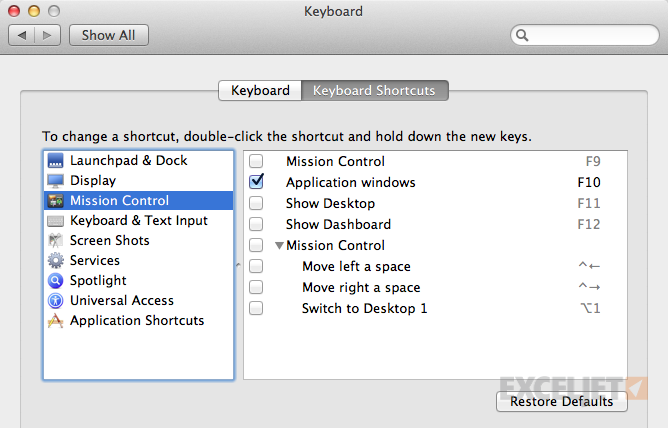

So anytime I add a new category over here all I've got to do is to just add it once here on the left and copy and paste that same formula over and I get my totals done automatically. I can copy either one of these two formulas and paste it in each spot. I can easily then create home and entertainment. So it's going to be pulling the market instead of the restaurant category. It advances since this is one cell down from the original place I copied from it's going to also move the value here one down. If I look at that formula now instead of A2 it's going to take A3. What's cool about that is I can create another row called market and I can copy this cell and paste it here. So that saves me from having to have the word restaurant here and then have it in the formula as well. Now a better way to do this, since I have the word restaurant here in the cell to the left, is instead of using quote restaurant quote in there I'm going to replace that with the link to this cell. I'll hit the green accept button and you can see it adds up all of the amounts that have the category of restaurant. So I click C over here and it puts in amount because that's the column heading there. Then I want it to take the values for adding up for the sum from column C. Now what I want it to compare it to is the word restaurant so I'm going to do quote restaurant quote and a comma. Just click there in B and you can see it inserts it. So for SUMIF the test value is going to come from column B here or the category column.

I can scroll more and I can see examples and information and everything. I can see here a summary of it that its tests values, conditions, sum values. Anytime you use a function and you're not really familiar with it just look it up here so you can see the details. Use SUMIF and I'm also going to search for SUMIF over here. I'm going to hit the equals key which is the way I like to do it. So I'm going to go into formula entry mode. So how do we do this? Well, we're going to use SUMIF. The first one we want to calculate is the restaurant total. It's going to be the Category and Total as the column headings. I'm going to stick it right next to this one here. I'm going to hit Table and create another table. Well, the trick is to use the SUMIF function. For market you've got this one, this one, etc. So you've got this one, this one, this one. Say you want to find the total of all of the amounts for the category restaurant. You have a little list of expenses and you've got different categories like restaurant, market, home, and entertainment. Video Transcript: So I've gotten several questions recently about using Numbers to find the total of cells that match a certain condition. Check out Using the Numbers SUMIF Function at YouTube for closed captioning and more options.


 0 kommentar(er)
0 kommentar(er)
